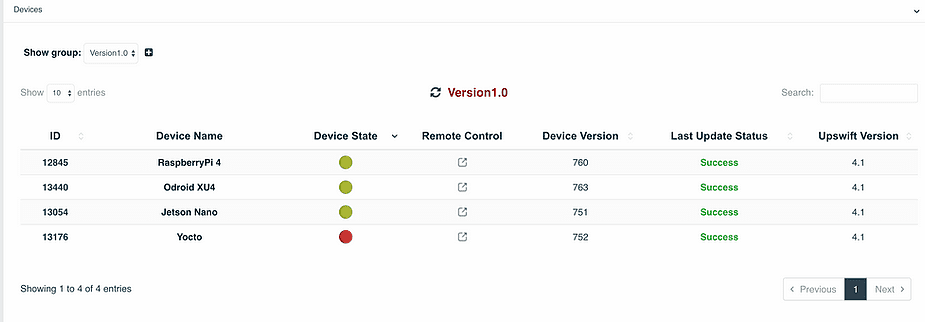How to control Linux Yocto remotely in 2021
This is how to control any embedded Linux running Yocto based distro remotely.
With this guide, you will be able to have full remote shell access (SSH) to your Linux Yocto embedded board from anywhere in the world, even behind double nat or network firewall.
Your industrial product has to be controlled and managed remotely by you to minimize software bugs and to keep your application updated and stable.
To get started with JFrog Connect IoT platform we just need to connect our product embedded Linux hardware to the platform using the following steps:
Step 1 – Open a free maker account at JFrog Connect
Using JFrog Connect we can completely manage our Linux Yocto device remotely. To open a free JFrog Connect account and get in the platform we just need to fill Email and Password here.
After the registration, you will get an activation email, Login and fill the pop-up window. Now, you will have the option to choose the ‘Prototype Plan’, this plan is completely free up to 3 Linux devices – click on choose, and Let’s connect our product.
Step 2 – Register Linux based device
Here things get very simple, by clicking on ‘Register Device’ on the top of the page:

Copy the registration command and paste it on the device command line, Then run and wait until the installation finish. You should now see a ‘New Device’ which is your Linux Yocto based device at JFrog Connect dashboard under the ‘Devices’ category.

From now on, you can manage your product even when it’s at your customer’s place.
Step 3 – Remote control access to our Linux device
By click on the remote control button under the specific row of our new device, a new window will appear and you will just need to copy the ‘Secret Key’ and wait until the remote control session will be ready.

When the remote control button appears, click on it and paste the ‘Secret key’ you have just copied. Now click on ‘Connect’, and you should now inside your embedded Linux device terminal.
JFrog Connect provides a set of great remote management tools that have been built specifically for Embedded Linux devices in purpose to help companies control and manage their products after production easily.



